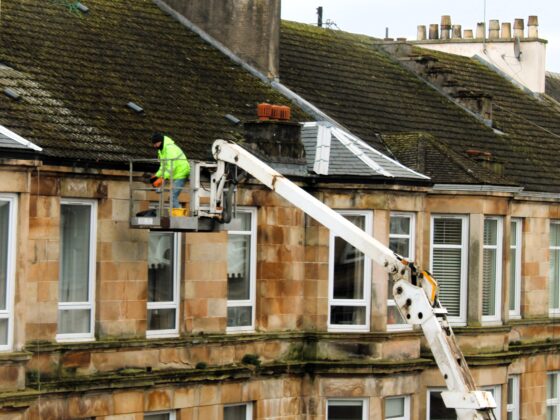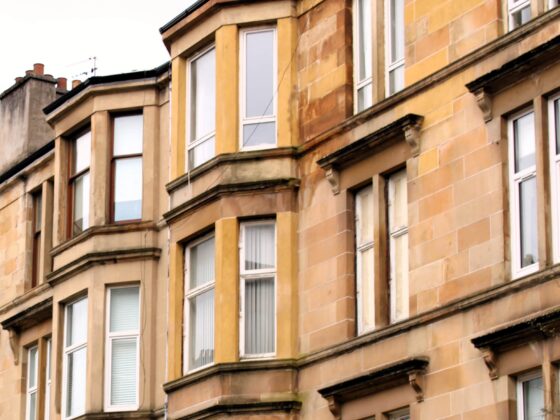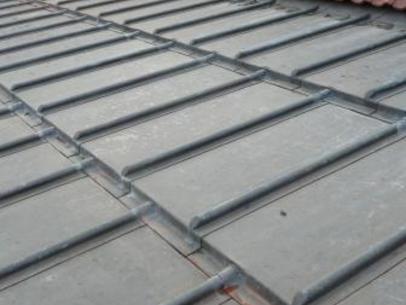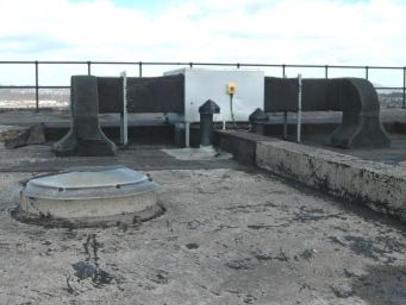Scotland has set a target to reach net zero by 2045. As part of reaching this target, the Heat in Buildings Bill proposes to make new laws around how we heat our homes and buildings to increase their energy efficiency and reduce their emissions output.
This includes requiring landlords and owner-occupiers to meet minimum energy efficiency standards by 2028 and 2033 respectively, and prohibiting the use of polluting heating systems whilst also ensuring that the transition to net zero is made affordable, fair, and feasible.
Under One Roof has responded to the Heat in Buildings Bill Consultation to highlight the importance of considering the unique position of tenement flat owner-occupiers and landlords when it comes to transitioning to net zero and zero emissions heating systems.
Read a summary of the response below, or click the link to read the full response.
Summary of response
To what extent do you support our proposal to prohibit the use of polluting heating systems in all buildings after 2045?
Tenements – whether they are historic stone-built buildings, 50’s and 60’s-era four-in-a-blocks, or modern apartment complexes – are home to millions of people across Scotland.
As Scotland’s only charity dedicated to providing information on repairs, maintenance, and retrofit for owners of tenement flats, we are concerned that the Government will not be able to achieve the goals set out in these proposals by 2045 due to the complexity of rules governing tenements repair, maintenance, and retrofit.
We understand the stakes – we are living in a climate emergency, and action must be taken across all sectors to address it. We support prohibiting the use of polluting heating systems, and Scotland’s efforts to achieve NetZero status by 2045.
Our concerns are the proposals do not address in sufficient detail the uniquely challenging aspects of repair and retrofit work in tenement buildings in Scotland, specifically, the state of building disrepair in flatted properties, and the cost and complexity to remedy both this disrepair while simultaneously making tenement buildings energy efficient and carbon neutral.
As noted in the Report from the Tenements Short Life Working Group on Energy Efficiency and Zero Emissions Heating, a group of housing professionals from all areas of the sector, “The repair and maintenance of these buildings must come first in the order of importance as there is little merit in installing additional energy efficiency measures until the building is in a good state of repair.
“In order to maximise benefits to occupants, ameliorate fuel poverty, and to reach demand reduction targets, existing fossil fuel heating systems should only be replaced by zero direct emissions systems after appropriate property repair and energy efficiency measures are in place.
“The order of priority must be: repair > maintenance > energy efficiency > zero direct emissions heat.”
Our concern is that the owners of these tenement flats – both owner-occupiers and landlords – are already not acting on the first priority – long-overdue repairs to the fabric of their buildings. These reasons are varied – a lack of financial resources, indifference of a majority of owners in a building, the intransigence of one owner blocking repairs or not paying their fair share, the unavailability of qualified or quality contractors, breakdown in factor/owner relations, the complexity of rules regarding repairs – all of these are common reasons given to our organisation for why necessary repair works are not undertaken.
It is for these same reasons that it will be extremely unlikely that owners of tenement flats – which make up more than a third of all homes in Scotland – will be able to play the same role other homeowners will in reducing polluting heating systems in their homes.
Ultimately, the proposals are attempting to set a nationwide standard. However, the exemptions that may be necessary for tenement buildings, due to the complex nature of the rules governing common repair, maintenance and retrofit, and the historic makeup of many of these tenement buildings, points to the need for alternative approaches, including a dedicated, fabric-first energy efficiency approach to flatted properties in Scotland.
To what extent do you agree that we should introduce a minimum energy efficiency standard to be met by private sector landlords by the end of 2028 (even if they are already using clean heating)?
Under One Roof supports this proposal, with the very significant caveats that clear, appropriate, and well-publicised guidance on what works are appropriate for the particular building archetype, in order that poorly thought-out and implemented efforts to meet standards do not make the situation for tenants worse. These may include exemptions for works required in common areas, if agreement can’t be reached by owners to conduct them, as is the case to updates to the Repairing Standard that went into effect this year.
Given the short timeframe to achieve these goals, and the knock-on benefit to tenants’ energy bills, and/or risk of costs being passed on to tenants, there should also be consideration for the provision of significant financial incentives to achieve these targets in an appropriate manner.
It should also be noted that some clean heating systems could significantly increase fuel poverty for tenants – this potential unintended effect should be addressed in some form to not increase hardship, which would negate any energy efficiency efforts and understandably turn tenants’ views against efforts to decarbonise the housing sector.





